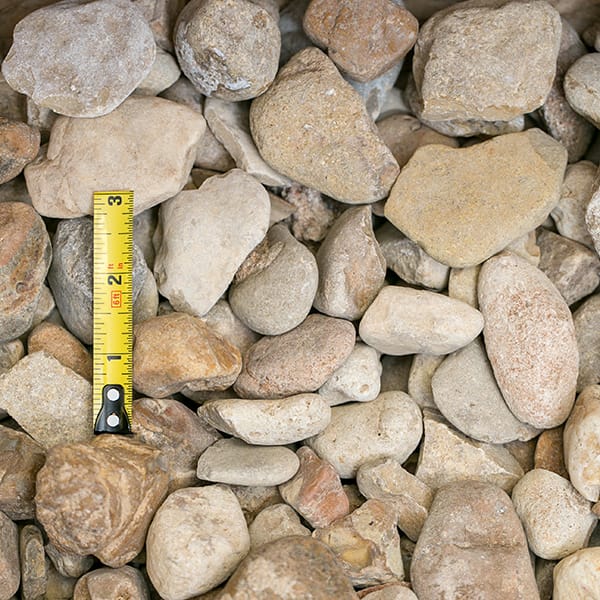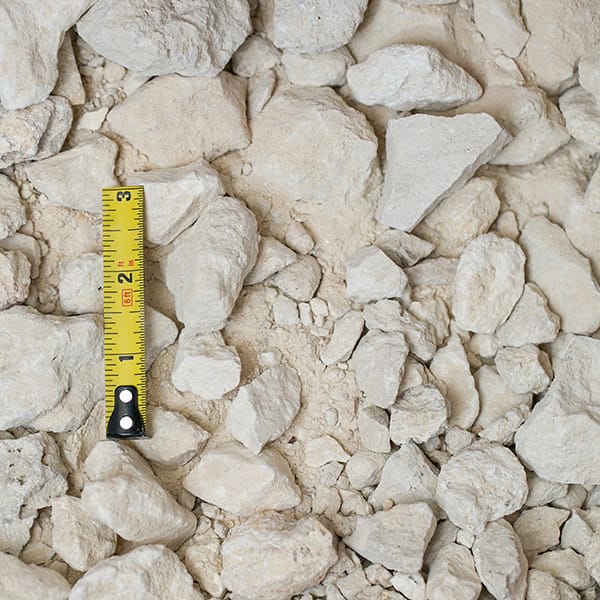Landscaping Ideas
Bur Oak (Quercus macrocarpa)
By Innovation Grounds
1. General Overview:1. General Overview:
- Family: Fagaceae
- Common Names: Bur Oak, Mossycup Oak
- Native Range: The Bur Oak is native to central North America, stretching from southern Canada, across the United States (especially the Great Plains), and into northern Mexico.
- Lifespan: It is a long-living tree, capable of surviving for hundreds of years (up to 300-400 years in some cases).
- Size: It is a large deciduous tree, typically growing to 50-80 feet (15-24 meters) tall, with a spread of 50-70 feet (15-21 meters) wide.

2. Identification:
- Leaves: The leaves are large, with a distinctive lobed shape. They typically have 5 to 9 deep lobes and are 5-9 inches (13-23 cm) long. The upper surface is dark green and shiny, while the lower surface is paler and often covered with fine hairs.
- Acorns: The Bur Oak is known for its large acorns. The acorn caps are large, often covering about half of the acorn itself, and have a rough, bumpy texture, which gives rise to the “bur” name.
- Bark: The bark is thick, ridged, and deeply furrowed, grayish-brown to dark gray, with a rough texture.

3. Ecology:
- Growth Habits: Bur Oaks are tolerant of a variety of soil types and conditions. They can grow in dry, poor soils but also adapt to wetter environments. They prefer full sun and are relatively drought-tolerant once established, making them suitable for both urban and rural landscapes.
- Root System: They have a deep and extensive root system, which makes them drought-tolerant but also harder to transplant.
- Pollination: They are wind-pollinated and are typically pollinated in the spring.

4. Habitat:
Bur Oaks grow in a wide range of habitats, including prairies, savannas, and open woodlands. They are adapted to withstand harsh weather conditions like cold winters, hot summers, and occasional droughts.

5. Uses:
- Wood: The wood of the Bur Oak is strong, durable, and resistant to decay. It has been used for furniture, flooring, and general construction, as well as for making barrels and tools.
- Wildlife Habitat: The acorns are a significant food source for many wildlife species, including squirrels, deer, and birds. The tree also provides shelter for many species of birds and insects.
- Ornamental Use: Due to its stately size, attractive bark, and distinctive acorns, the Bur Oak is often planted as an ornamental tree in parks and large landscapes.

6. Growth and Care:
- Soil: Bur Oaks are tolerant of many soil types but prefer well-drained soils. They can tolerate both alkaline and slightly acidic soils.
- Watering Needs: While the tree is drought-tolerant once established, it does need regular watering during its first few years after planting. Mature trees require minimal watering.
- Sunlight: Bur Oaks need full sun to grow best. They will struggle in deep shade.
- Pruning: Pruning should be done in late winter or early spring, before new growth starts. Pruning mainly serves to remove dead, damaged, or crossing branches to maintain a healthy canopy.
- Pests and Diseases: The Bur Oak is relatively resistant to pests and diseases compared to other oak species, though it can sometimes suffer from oak wilt, anthracnose, or root rot if planted in overly moist conditions.

7. Important Considerations:
- Acorn Production: Bur Oaks begin producing acorns when they are about 40-50 years old. They produce large acorns that are typically more abundant every 2 to 4 years.
- Tolerant of Pollution: This species is more tolerant of urban pollution than many other oaks, making it an ideal choice for city plantings in parks and streetscapes.

8. Cultural Significance:
- Indigenous Use: Native American tribes have historically used Bur Oak acorns for food and for medicinal purposes. The strong wood was also utilized in tool-making.
- State Tree: The Bur Oak is the state tree of Iowa.

9. Growth Zones:
Hardiness Zone: The Bur Oak is hardy in USDA zones 3-8, making it suitable for a wide range of climates, from colder northern regions to warmer southern regions.

10. Interesting Facts:
- Longevity: One of the longest-lived oak species in North America, some Bur Oaks have been known to live for over 400 years.
- Fire Resistance: The Bur Oak is fire-resistant due to its thick bark, which helps protect it from wildfires.

Conclusion
In conclusion, the Bur Oak is a highly versatile, long-living tree that offers significant ecological, ornamental, and economic benefits. Its hardiness and adaptability make it an excellent choice for various landscaping applications.


